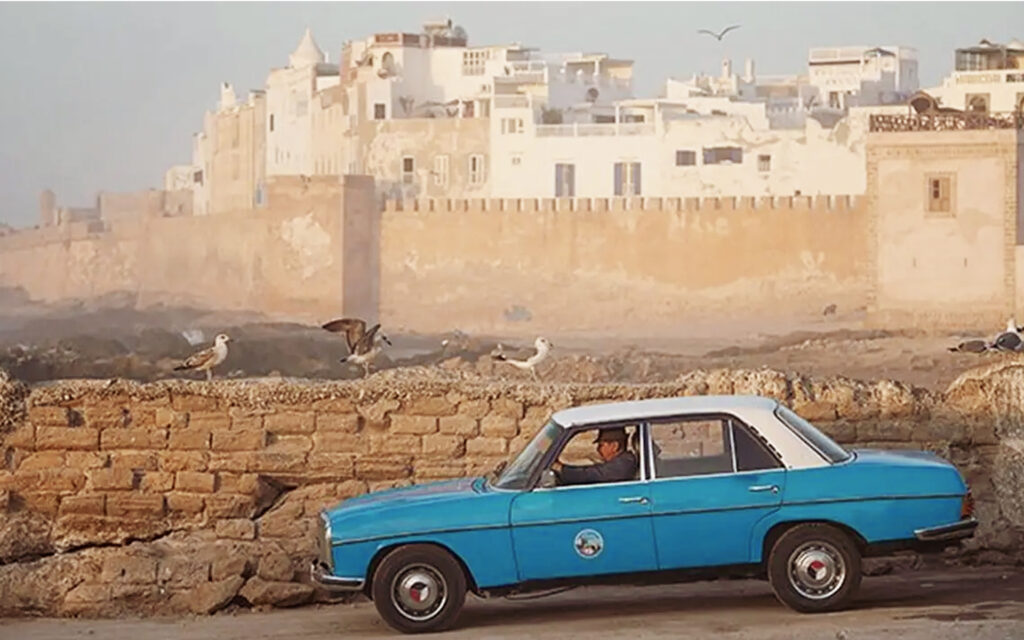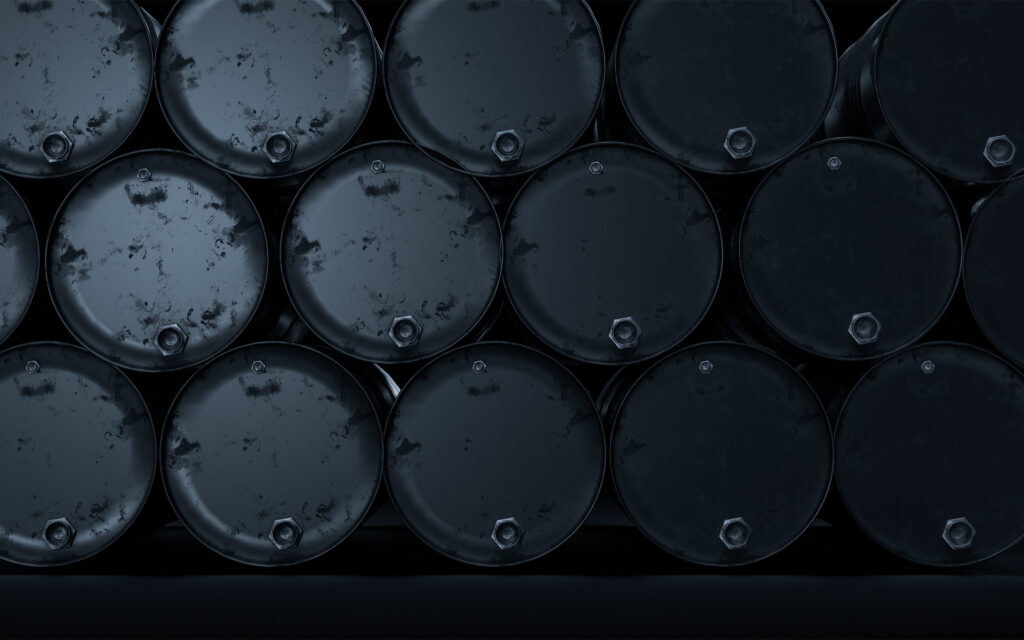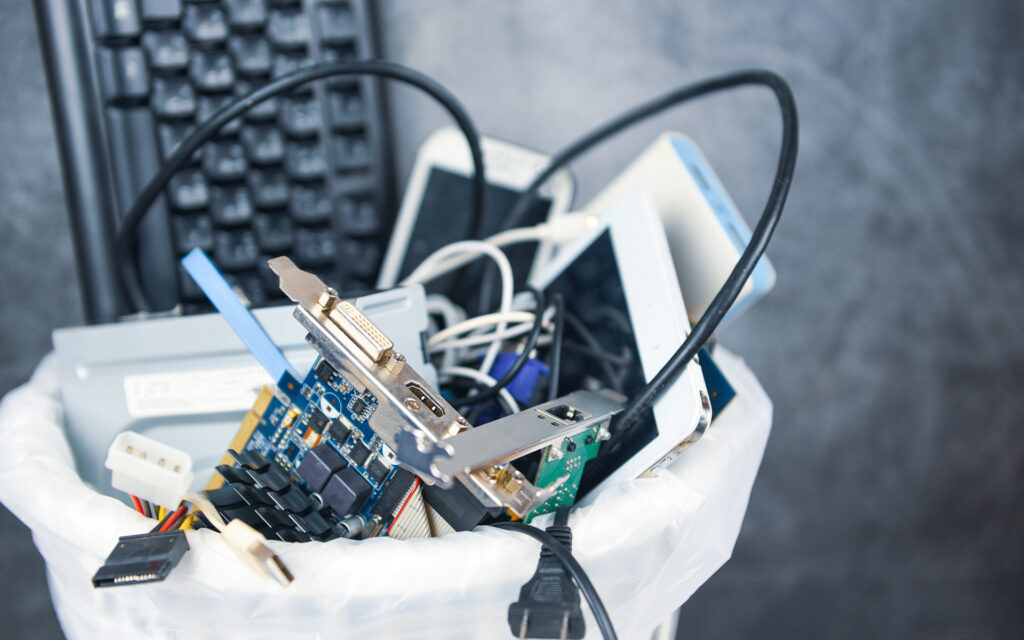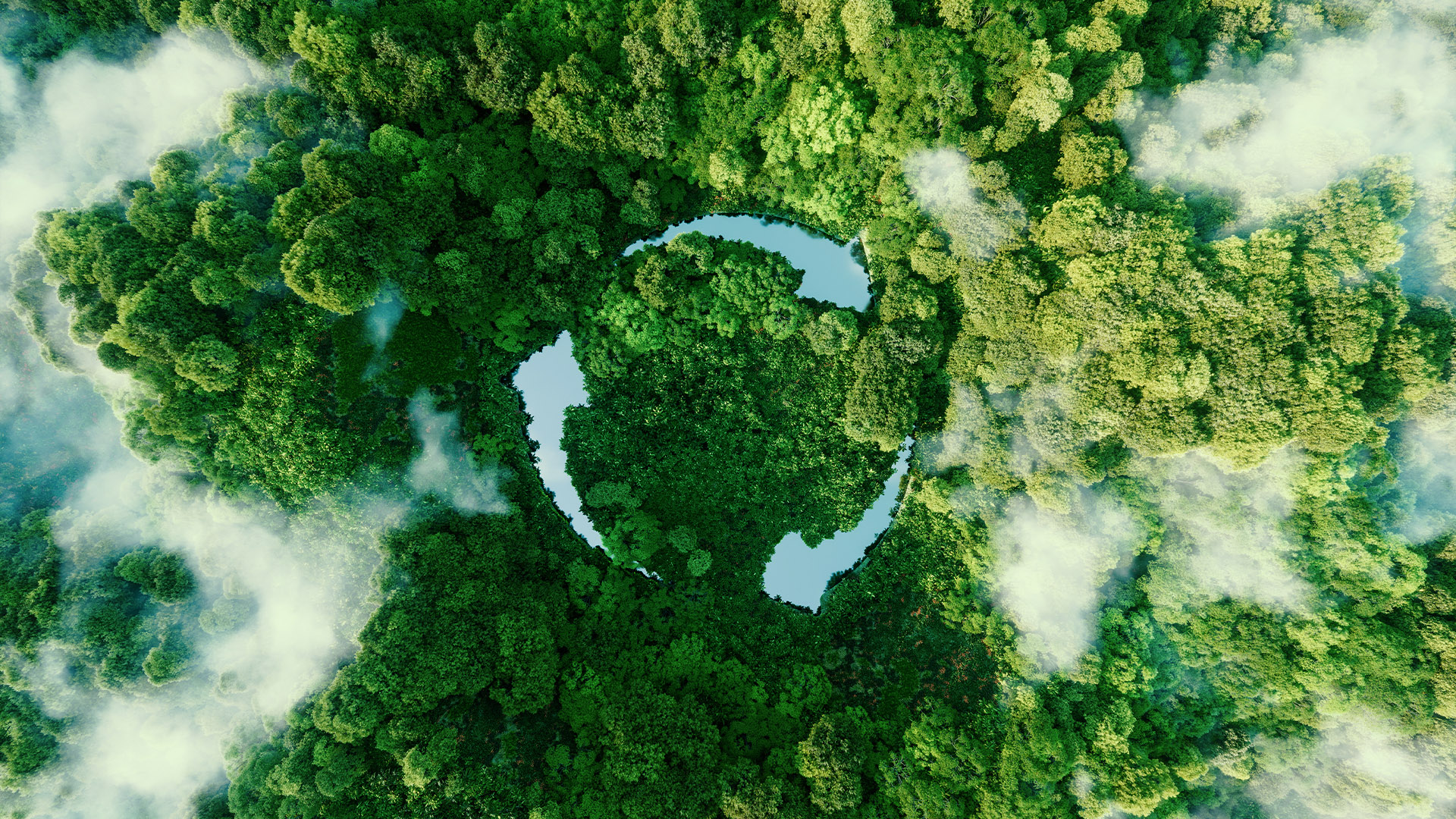Reducing resource consumption by changing the paradigms of production by, for example, lengthening the life cycles of products, and reducing our consumption to the essentials, makes way for the idea that we can repair and reuse. The idea is to lengthen the life of goods, redefine production and consumption cycles, and launch the idea that this can be considered a virtuous behavior. We can also lengthen cycles to accelerate the transition to a circular economy by stimulating competitiveness and promoting sustainable economic growth. Here, in a nutshell, is the significance of the idea of extending cycles.

Design models
We can change, lengthening cycles, even in design patterns to ensure that products can last longer and are not subject to planned obsolescence. We are talking here about objects that can be disassembled easily, whose damaged parts can be replaced, and, finally, that are artifacts that can be entered into a new life cycle if still functional.
One example: the automobile
Currently, the average lifespan of a new car is about seven years. But old cars (such as Mercedes 240Ds), with their long life, would have been built (with this vitality) seven times, compared to a new vehicle, thus saving seven times the pollutant load for the production of the car.
Mercedes’ 240D model is the most widely used cab in Africa. And it is perhaps the most sustainable car in the world, built to live 30 years and travel as many as 600,000 kilometers. These vehicles are now used as cabs (with often over 2 million kilometers and 45 years of life).

They can be fueled in a variety of ways: with nut oil, fish oil, canola oil, sunflower oil, palm oil, biodiesel, and even old frying fat. With this in mind, an innovative breakthrough would then be to abandon disposable cars and lengthen cycles back to vehicles built to last many years and many miles.
Rethinking
But this concept does not only apply to automobiles. Every artifact could be rethought from a life-cycle extension perspective. We could make more informed decisions based on the life cycle and increase the return on investment. It would be possible to proactively adapt marketing messages without losing connection with the target audience. Maintain and strengthen recall, brand reputation, and customer loyalty. By lengthening product life cycles, all this is possible.
Until 1950, it took only two barrels of oil equivalent to produce 100 barrels of energy. Today, it takes 15 barrels of oil equivalent to get 100 barrels of energy. And in 10 years it will take 25 barrels. While in 2050 we will extract energy from fossil fuels using one barrel to get two barrels.
Efficiency
Man has always tried to be more efficient. But that there is a problem today in the relationship between energy production and resource use is a pretty clear fact. In every technological revolution, moving toward energy-saving systems has been imperative. Today, however, production tends to cannibalize energy. And this could lead to the collapse of the energy system. Lengthening cycles (in terms of products, technologies, and resources) seems to be a good ecological strategy. “Until 1950, to produce 100 barrels of oil equivalent of energy required only two barrels. Today, it takes 15 barrels of oil equivalent to get 100 barrels of energy. And in 10 years it will take 25 barrels. While in 2050 we will extract energy from fossil fuels using one barrel to get two barrels.”

How to control management in the use of resources? Resources that often end up largely in garbage cans, which are increasingly full? The issue is that the true fate of waste, the origin of resources used to produce goods, and the environmental costs associated with their extraction, processing, and export are not clear to us. And it is undeniable that lengthening cycles could allow for a better cost-benefit ratio, better use of resources, and more efficient use of energy.
Repair and reuse
We have witnessed, in recent decades, the flourishing of flea markets and thrift stores. Repair and reuse centers are inspired by the same philosophy. These are still marginal facilities but, following the EU’s 54 measures for life-cycle sustainability, they should encourage the extension of the life of products. At the expense of a system still hinging on incineration and landfill use.

Repair and reuse centers, integrated with waste management, would make it possible to intercept and put back into circulation large volumes of goods that have fallen into disuse. Just think of computers, bicycles, household appliances, and electronic components. But also fixtures, sanitary ware, clothing, furniture, and industrial production items. The purpose, by no means hidden, would also be to highlight the squandering often linked to the dynamics of consumerism by showing that a good discarded by a disposable mentality can still live several lives. Lengthening cycles would also be helpful in avoiding a permanent global crisis without falling into constrictive and bureaucratic austerity. Our society trusts only innovation and technology. Experience and history are frequently seen as obsolete and useless, to be rewritten. Lengthening cycles can help us reverse course.
Further reading: Life-cycle
You might be interested in: Small Business and the Sustainable Transition





